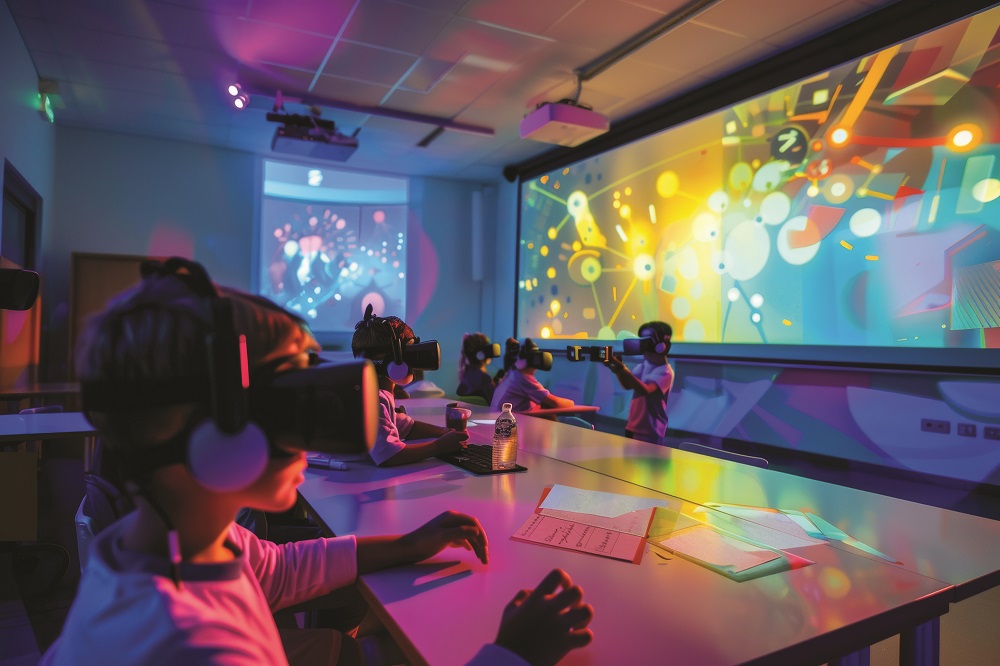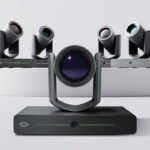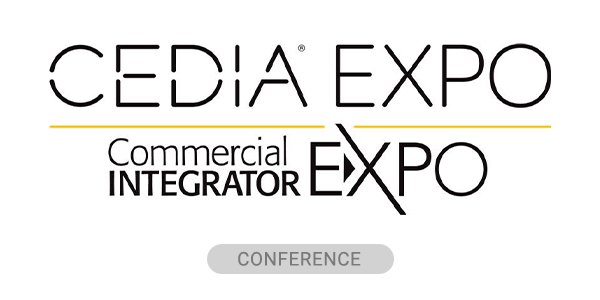The past handful of years have given the entertainment industry a new form. Starting with the world shutting down due to COVID-19, which promoted the massive utilization of technologies like virtual production, to the meteoric rise of artificial intelligence and how it directly integrates into production workflows. Undoubtedly, Hollywood looks very different these days. Amidst the chaos of the opportunity for creators and the ethical concerns surrounding GenAI, it’s easy to get lost in the minutia. This poses the question, “If everyone is just going to use AI for everything, how do I stick out?” Well, the oversimplified answer is: Tell a better story.
For far too long, AV integrators have jockeyed for position to get the best tech in the hands of their deserving clients. Unfortunately, that isn’t always the most profitable solution, as AV companies are dependent on the manufacturer’s price point as a baseline to set their margins. This is why you’re doing yourself a disservice by not offering XR (Extended Reality) integrations to your clients. XR is the umbrella term that covers VR (Virtual Reality), AR (Augmented Reality), and MR (Mixed Reality). I won’t dive into what each of those terms means as you’ve likely had at least a taste of each by now.
Now, before you go and say that XR is a bubble, or that not enough people have headsets, or any of the other excuses that come to mind, consider this. Apple just got in the game with Apple Vision Pro (MR) and even though there isn’t nearly enough content, people are still addicted to this headset. In addition, Pokémon Go (AR) still has over 150 million monthly active users. Also, the Meta Quest 3 (VR/MR) has sold over a million units and there’s a cheaper version currently in production. According to MarketsandMarkets, the XR industry is expected to grow to $463 billion by 2026. I bring up all of this to say that XR is a big deal.
Monetizing XR Technologies
As we have that out of the way, let’s explore some of the ways you can monetize these technologies. To begin with, we have the low-hanging fruit of AR. Let’s face it — we’re in the business of screens and sounds and AR lets people utilize the screen that they carry in their pocket. Imagine how much more money you can save your client (subsequently putting some of it in your own pocket) by reducing the number of screens they need to purchase and supplementing it with an AR experience. This is becoming increasingly popular in areas like retail, wayfinding and events. At concerts and sporting events specifically, people are already watching their phones so adding augmented elements that help tell the story just makes sense.
Exploring VR & MR
Next, as we explore VR and MR, the lift becomes a bit greater but so does the opportunity. With the decreasing costs of XR headsets and the higher fidelity of mobile GPUs, soon we will be able to reach photorealism within a micro-form factor. This could eliminate the need for additional screens altogether. Designing these experiences for XR saves time, money and resources, while creating unmatched visuals. As form factors get smaller and technologies like WebGPU become more prominent, these technologies won’t just be cool, they will become the go-to factor.
Of course, we don’t want to completely abandon the screens and devices that we have come to know and love. So, incorporating technologies like motion tracking to make those displays interactive is going to give you a competitive edge. Ultimately, this is all for your client’s audience, so providing new and exciting ways for their audiences to engage is going to make all of the difference.
Building a Narrative for XR
Okay, all of that is cool but how do you get started? I’ll again reference a line from above: Tell a better story.
The most frustrating part of the industry is how much tech is shoved down our throats. “We have these many lumens” or “Our pixel pitch is…” Sound familiar? The truth is, neither your audience nor your clients care about technology. The only thing they care about is what value it brings to them. When technology is done correctly, it’s an invisible piece of a narrative (even if the display is 2000 nits). This is because good experiences tell solid narratives. As I’ve said before, “Tech companies shouldn’t tell stories, storytellers should learn to leverage tech.”
So, if you want to be a leader in this space, why not partner with storytellers that want to access this technology (like me)? This way, you’re not saying, “Buy my product!” and blending in with thousands of other companies pitching the same thing. Next, keep your ear to the ground. Stay up to date with what’s coming out and then ask your storytelling partner how to implement it. From there you can effectively pitch an experience to your client that serves their needs and your bank account.
Overcoming Hurdles
Before you jump in, keep in mind that there are some hurdles to get over, the first being education. People don’t want to learn anything new, so right after creating the narrative, you should be focused on the user experience. Even if you don’t interact directly with the end user, remember this, your client’s audience is your audience. Without them, you don’t have a client. It’s not a difficult task to make things as simple as possible for the user, but you would be surprised how often this is overlooked. Always assume that the person has no knowledge of even the most basic technologies. Create something that even your great-grandmother could easily navigate.
Next, safety and security cannot be overlooked, different people have different abilities, and while you can’t cover everyone; there are ways to make sure most people feel accounted for. Also remember that most people don’t want to download apps. While it may be cool, apps that make people delete videos from the phone to make space for them, are not needed. Instead, lean on a web-based platform like 8th Wall or even Worldcast and serve your experiences through simple QR codes.
Ultimately, this might seem like a lot, and that is the exact reason more people haven’t added XR to their arsenal. But soon, this will be one of the most explored technologies in the world. You don’t need to know everything, you just need to know enough to explain what you need to the people who do. If you start now, you’re late, and if you wait, you’ll be way too late.
Adrian Rashad Driscoll is co-founder of Collimation.










